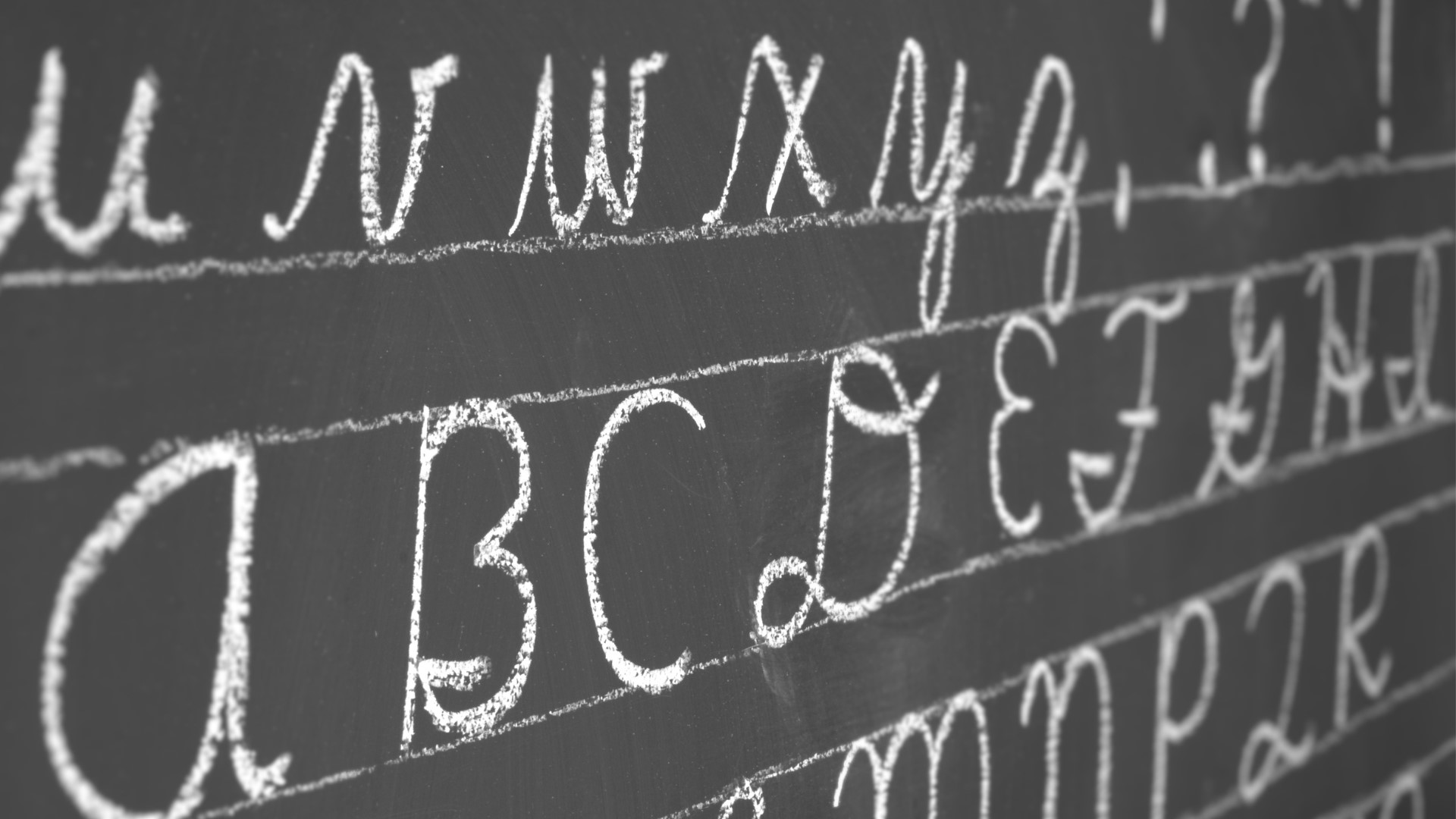SAN DIEGO — What is considered a penmanship style of the past will live on in schools across California.
A new law signed by Governor Gavin Newsom will require California schools to teach cursive to elementary students in first through sixth grade, starting in January of 2024. It hasn't been a requirement since 2010.
Assembly Bill 446 was signed into law by Newsom on Oct. 16, mandating cursive or join italics handwriting for elementary students.
Assemblywoman Sharon Quirk-Silva representing Fullerton introduced the legislation. She says the law addresses a growing concern that young adults who weren’t taught cursive in school could lack the necessary skills to perform tasks like signing their names on important documents.
“As a teacher for over 30 years, cursive writing was always an important part of our curriculum. This is an issue of equity because access to cursive education has depended on the school district a student attends,” said Quirk-Silva.
Children have increasingly relied on digital and mobile devices in and out of the classroom, leading to the decline of cursive writing. Despite cursive being a staple in American education, many schools have phased out cursive handwriting curriculum.
“Research has shown that cursive handwriting enhances a child's brain development including memorization and improves fine motor skills,” continued Assemblywoman Quirk-Silva. “This bill ensures that the younger generation is equipped with the skills needed to navigate the demands of the world of today, and to connect with their history in the world of yesterday.”
Quirk-Silva told CBS8 she was inspired to write the bill after doing some family historical research.
"It came out of myself going onto to '23 And Me' not too long ago and looking up some family records and realizing many of them were written in cursive," said Quirk-Silva.
At Nichols Elementary in Oceanside, cursive is already a part the curriculum for some students, including fifth graders in Christine Fuentes's class.
Fuentes says it's a choice she made after realizing cursive was becoming a lost art.
"Specifically the constitution, one of the students said hey this is alien and so I was like absolutely not. So, my main focus and goal was to create a connection for them to just learn certain letters. I have a classroom economy, we sign contracts and so they're also practicing signing their name in my class as well," said Fuentes.
Aside from being a practical tool, proponents say cursive is also great for learning.
"There's a lot of benefits to having cursive back in our instructional practices because it activates a portion of the brain that doesn't occur in print and or typing . It actually makes writing fluency easier for many children, including those showing signs of dyslexia," said Vicki Gravlin, Executive Director of Curriculum Instruction for Oceanside Unified.
Gravlin says because cursive is standard at the district, she doesn't anticipate many challenges when the cursive requirement takes effect, adding if there is a learning curve, the district is ready for it.
"We have training opportunities for our teachers. Also, with this built into the curricula, there are opportunities in their teachers' manuals to gather that information," said Gravlin.
Assembly Bill 446 was one of dozens of new laws that were either signed or vetoed by Newsom throughout the month of October.
WATCH RELATED: Signed or vetoed | California bills before Governor Newsom

